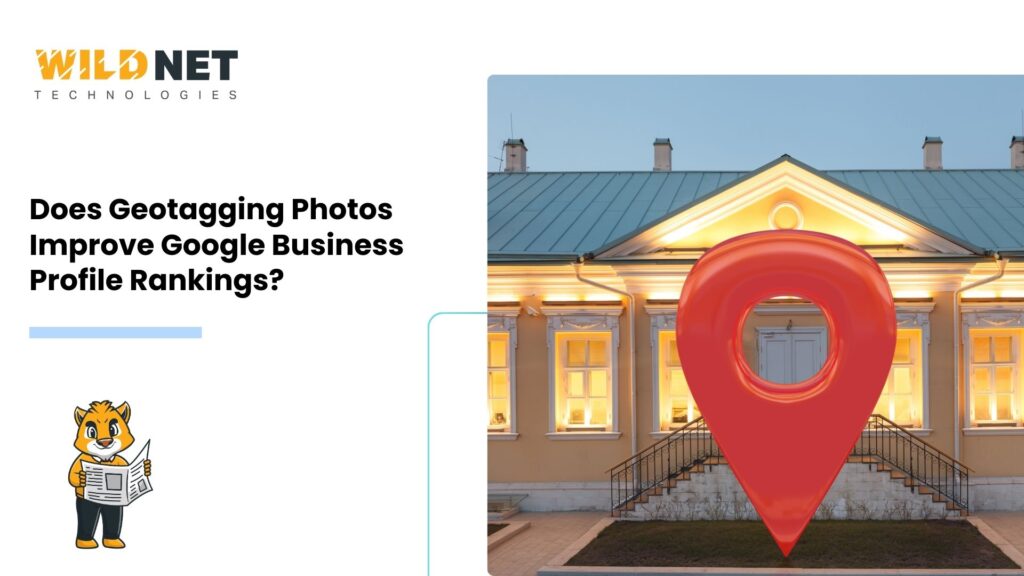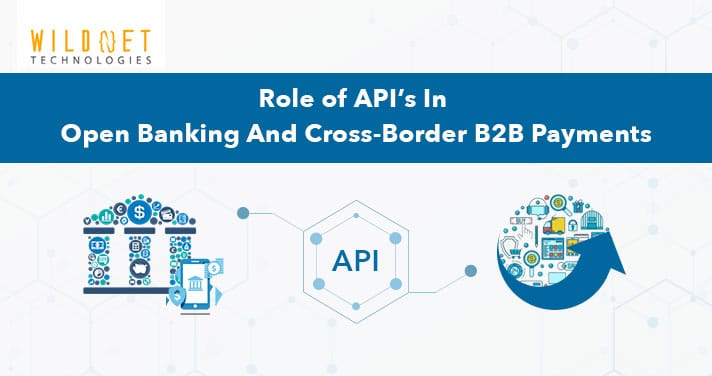In the local SEO world, businesses always seek new ways to improve their Google Business Profile (GBP) rankings. One widely debated topic is the impact of geotagging images—embedding location data into images—on search visibility. Many local SEO professionals believe geotagging can boost businesses’ search rankings, especially for “near me” searches. However, does Google consider geotagged images to be a ranking factor? Let’s explore the findings of recent studies and expert opinions on this subject.
What Is Geotagging, and How Does It Work?
Geotagging refers to embedding geographical metadata, such as latitude and longitude, into image files. This metadata is stored in EXIF (Exchangeable Image File Format) format and can indicate where a photo was taken. Businesses using geotagging hope that adding location-based information to their images can improve their visibility in local search results. However, Google often strips EXIF data from pictures once they are uploaded, leading to a debate over whether geotagging truly influences search rankings.
Study on Geotagged Images and Their Impact on GBP Rankings
A recent 10-week study tested whether geotagging images affects Google Business Profile rankings. The study focused on a business providing lawn care services in Salt Lake City, Utah, and measured its rankings for “near me” queries and searches that included the city’s name.
- Improved ‘Near Me’ Search Rankings: Geotagging images boosted rankings for searches such as “lawn care near me.” The business showed increased visibility in searches performed close to the geotagged location.
- Drop in City-Specific Rankings: Interestingly, the same geotagged images decreased rankings for searches that included the city name, such as “lawn care Salt Lake City, Utah.”
- Google’s Handling of Metadata: While EXIF data is present when images are first uploaded, Google removes it upon processing the photos, making it unclear whether geotagging directly influences rankings.
This study suggests that geotagging could improve hyper-localized search visibility but may not be beneficial for broader city-based searches.
What Google Says About Geotagging
SEO experts have discussed Google’s stance on geotagging images. Google’s John Mueller previously stated that geotagging images does not directly impact SEO. Since Google strips EXIF data from pictures after uploading, many believe the metadata is not used as a ranking signal.
However, some SEO professionals argue that while EXIF data is removed, Google may still analyze it upon initial upload. This would mean geotagging has a temporary or indirect effect on rankings. Despite this possibility, Google emphasizes more significant ranking factors, such as business information accuracy, local citations, reviews, and engagement metrics.
Should Businesses Geotag Their Images?
Although Google has not confirmed geotagging as an official ranking factor, businesses may still consider using it strategically. Here are some pros and cons to keep in mind:
Potential Benefits:
- Enhanced Local Relevance: If Google does analyze EXIF data before stripping it, geotagging may offer a temporary ranking boost.
- Better User Experience: Properly used location-based images can enhance trust and credibility, making the business appear more authentic.
- Supports Other SEO Efforts: Even if geotagging itself is not a ranking factor, combining it with proper local SEO strategies (NAP consistency, local citations, and reviews) may enhance overall performance.
Possible Downsides:
- Minimal Direct Impact: Since Google removes EXIF data, the long-term effect of geotagging is questionable.
- Risk of Over-Optimization: Overloading geotagged images with metadata might not yield noticeable benefits and could be a waste of time compared to more impactful SEO strategies.
Best Practices for Local SEO Image Optimization
Even if geotagging is not a confirmed ranking factor, businesses can still optimize images for better local SEO results. Here are some proven strategies:
1. Use Descriptive Filenames
Instead of uploading a file named “IMG1234.jpg,” rename it to something relevant like “lawn-care-services-salt-lake-city.jpg.”
2. Optimize Image Alt Text
Alt text helps search engines understand an image’s content. Use descriptive alt text, such as “Professional lawn care services in Salt Lake City.”
3. Compress Images for Fast Loading
Page speed is a critical ranking factor. Use tools like TinyPNG or ImageOptim to reduce image file size without sacrificing quality.
4. Ensure Image Relevance
Use high-quality, relevant images that accurately reflect your business. Authentic photos perform better than stock images.
5. Leverage Google Business Profile Features
Regularly update your GBP with fresh images, customer interactions, and business updates to improve engagement.
Conclusion
While geotagging may impact local search visibility, it is not a primary ranking factor for Google Business Profile, according to Google. At Wildnet’s Local SEO Services, we emphasize a comprehensive approach to local SEO, focusing on accurate business information, customer engagement, and high-quality content. Instead of relying solely on geotagging, we implement proven strategies such as optimized listings, citation building, and reputation management to boost your Google rankings. By leveraging our expertise, businesses can strengthen their online presence and attract more local customers effectively.
FAQs
Q1: Does Google use geotagging data for rankings?
Ans. Google removes EXIF metadata from images after upload, suggesting it does not use geotagging as a direct ranking factor. However, some experts believe Google may analyze the data before removing it.
Q2: Should I geotag my images for Google Business Profile?
Ans. While geotagging may provide minor benefits, it should not be the primary focus of your local SEO strategy. Instead, prioritize high-quality images, accurate business details, and customer engagement.
Q3: What are the best ways to optimize images for SEO?
Ans. Use descriptive filenames, optimize alt text, compress images for faster loading, and upload authentic business photos to improve your Google Business Profile performance






